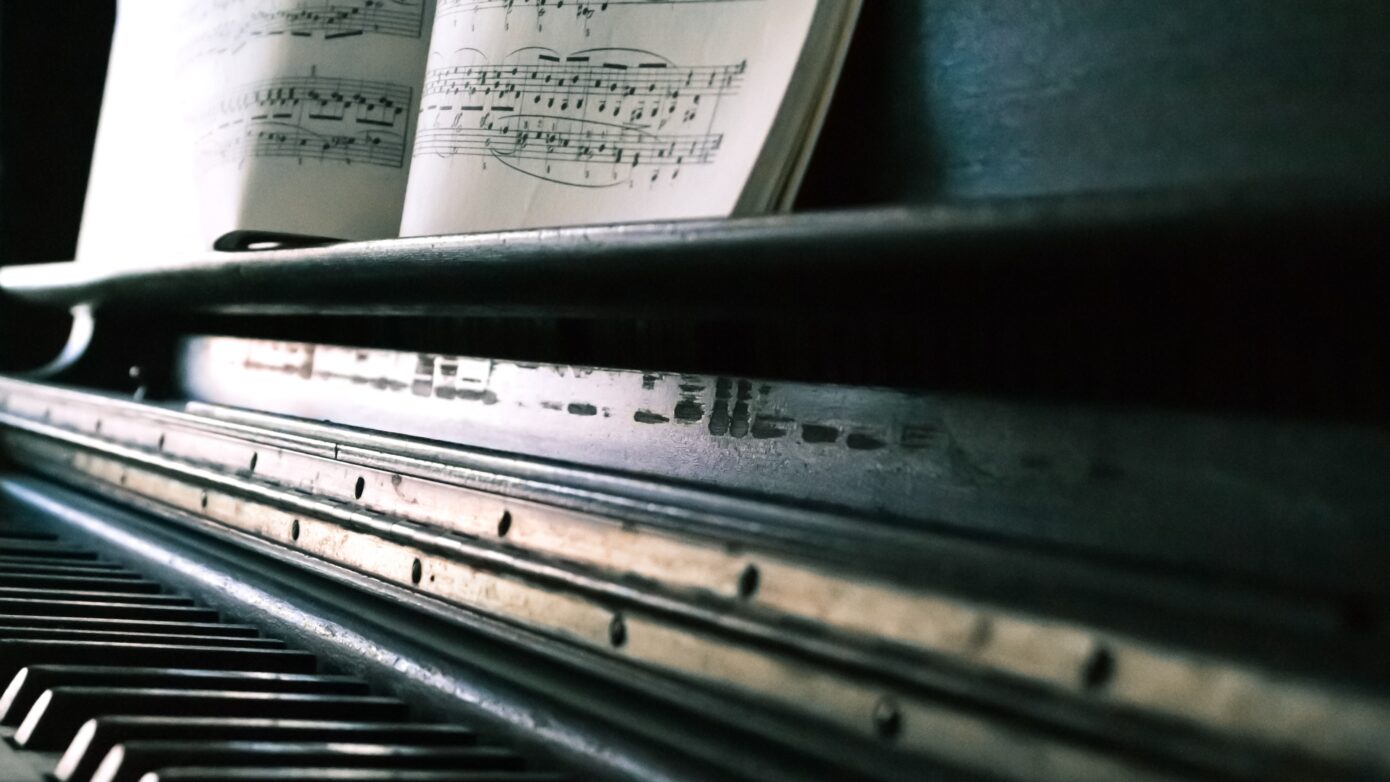PIANOS OUT OF TUNE
This may be the most misunderstood aspect of pianos. There are several reasons that pianos go out of tune, and more ways than one that they do.
PITCH
First of all, a piano can stay at Standard Pitch (A-440), and still sound out of tune because the individual strings are drifting a little sharp or flat. This causes a “twangy” sound when played.
You may notice only a note or 2, or many notes that sound this way. If it has been more than a month or 2 since the last tuning, this condition is indicating that it is time to have the piano tuned again.
Also, a piano can drop in pitch, which then requires more tunings to re-stabilize. This usually occurs over a period of more than one year, and is more difficult for the average piano owner to determine.
There are 3 reasons a piano goes out of tune:
- Humidity Changes: which cause the wooden soundboard to expand and contract. This changes the tension on the strings and causes them to change their pitch, which results in the piano being forced out of tune.
- The tension on the strings. Each of the approximately 220 string on a piano are pulled to an average of 180 pounds of tension each, totaling nearly 20 tons of tension on the piano. This tension is held in check by a combination of the cast iron plate (or harp) and the wooden structure. The strings tend to stretch (as steel does), and the Plate and wooden structure change with temperature and humidity changes. All of this results in a nearly constant state of movement, causing the strings to go out of tune.
- Heavy usage. If a piano is played more than a few hours per day (such as in a practice room at a music school), then the actual playing will accelerate the process of going out of tune.








